Circulation: Arrhythmia and Electrophysiology
Arrhythmia is a heart condition in which the sequence of normal electrical impulses of the heart that coordinate heartbeats get changes. The rhythm might get either too fast called tachycardia or gets too slow card bradycardia. In short, we can describe arrhythmia as irregular heartbeats. It can be prevented by reducing high blood pressure, controlling cholesterol levels, losing excess weight, taking a heart-healthy diet, etc.
The drugs used in arrhythmia include
- Amiodarone
- Flecainide
- lidocaine
For Tachycardia: Beta-blockers- Acebutolol, Atenolol, Metoprolol, etc
For Bradycardia: Theophylline- Aminophylline,
Ventricular fibrillation: Atropine, Isoprenaline, etc
Electrophysiology: It is a branch of neuroscience associated with the studies of the electrical properties of biological cells and tissues. This technique detects the activity of living neuron by investigating the molecular and cellular process that governs their signaling. The test an electrophysiologist performs includes
- Electrocardiograms (ECG or EKG)
- Echocardiograms
- Electrophysiology studies.
Electrophysiology is majorly used for the investigation and treatment of
- certain Arrhythmic conditions like Atrial fibrillation, bradycardia, tachycardia, supraventricular tachycardia,etc
- Sudden cardiac arrest
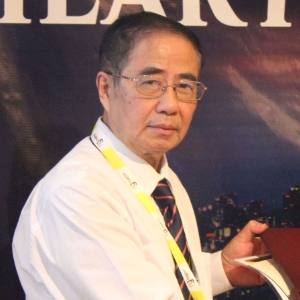
Shuping Zhong
University of Southern California, United States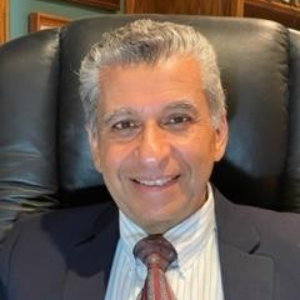
Ahdy Wadie Helmy
Indiana University School of Medicine, United States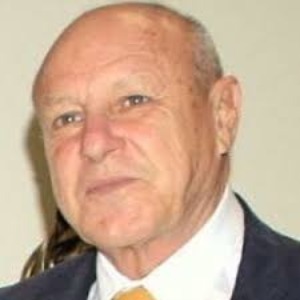
Federico Benetti
Benetti Foundation, Argentina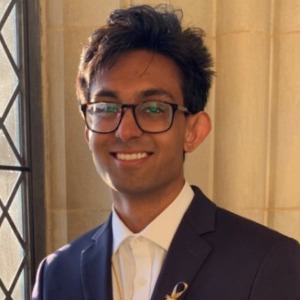
Ishan Abdullah
George Washington University School of Medicine and Health Sciences, United States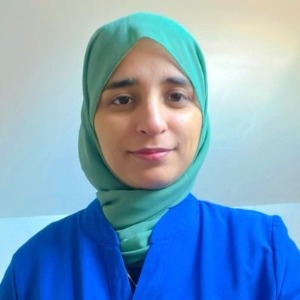
Sana Tariq
Manchester University NHS Foundation Trust, United Kingdom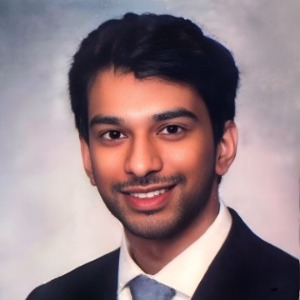
Achi Kamaraj
Royal Brisbane and Women’s Hospital, Austria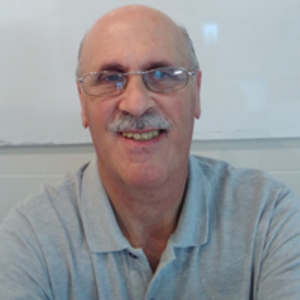
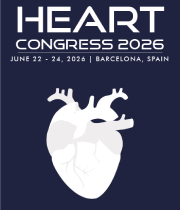


Title : Historical evolution from OPCAB to MIDCAB to mini OPCAB surgical technique and results
Federico Benetti, Benetti Foundation, Argentina
Title : Fats of Life, the skinny on statins and beyond !
Ahdy Wadie Helmy, Indiana University School of Medicine, United States
Title : Novel ways of cardiovascular risk assessment
Syed Raza, Awali Hospital, Bahrain
Title : Study of pathological cardiac hypertrophy regression
Shuping Zhong, University of Southern California, United States
Title : Personalized and Precision Medicine (PPM) and PPN-guided cardiology practice as a unique model via translational applications and upgraded business modeling to secure human healthcare, wellness and biosafety
Sergey Suchkov, N. D. Zelinskii Institute for Organic Chemistry of the Russian Academy of Sciences, Russian Federation
Title : Atypical takotsubo cardiomyopathy presenting as st-elevation myocardial infarction
Sana Tariq, Manchester University NHS Foundation Trust, United Kingdom